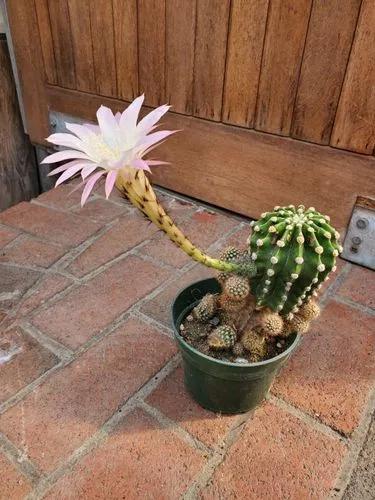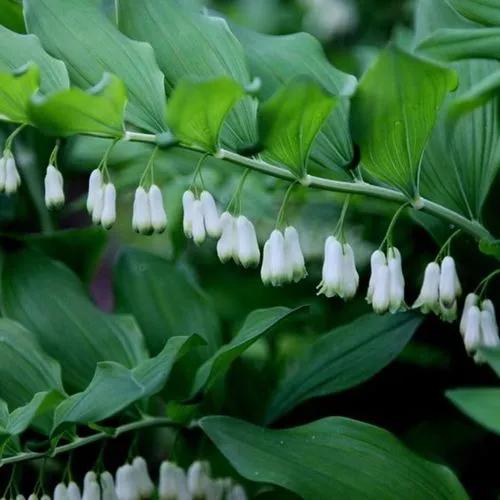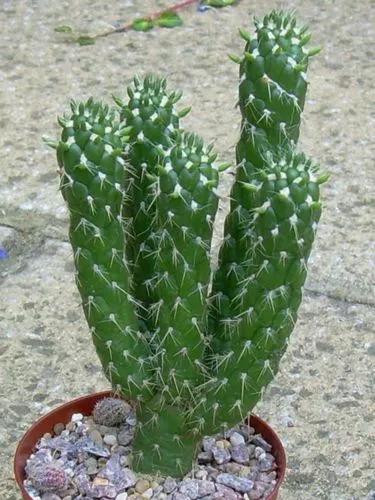Anacampseros retusa is a species of succulent plant native to the Northern Cape and Western Cape Provinces of South Africa, as well as to Namibia. This species grows in rocky flats and stony slopes.
Anacampseros retusa Care
Anacampseros retusa



Anacampseros retusa is a dwarf proliferous, succulent-leaved plant with a short thickened caudex which has branch stems about 40 mm long. They form flat-topped rosettes of fleshy leaves, these dark blackish-green, club shaped with a very rounded triangular top, close-packed with short tufts of hair between them.The whole plant can eventually reach a height of up to 4.5 cm when mature (up to 10-15 cm in cultivation). This species so closely resembles Anacampseros comptonii in colouring and size that a close inspection is sometime needed to distinguish them. Its larger rose- pink flowers, several on a stouter stem, distinguish it at once.
How to Care for the Plant

Water

The plant likes a winter's rest and should be kept completely dry during the winter months. From early spring onwards the plant will begin to grow and watering should be increased gradually until late spring when the plant should be in full growth. Water regularly during the aestival growth cycle so long as the plant pot is allowed to drain and not sit in a tray of water (this plant need plenty of water) But needs to be avoided wetting the bodies of these plants while they are in sunlight. From late summer watering should be reduced to force the plant to go in to a state of semi dormancy, by autumn you should be back in to the winter watering regime.

Fertilizer

Feed with a high potassium fertilizer in summer during the growing season diluted to one-fourth potency and mix into the watering can for application.

Sunlight

The plant tolerates bright situations, if kept too dark they may become overly lush and greener and could be prone to rotting due to over watering. Strong but filtered light encourages flowering but is likely to suffer from sun scorch or stunted growth if over exposed to direct sunlight during the hottest part of the day in summer.

Soil

Use an open and free draining mineral compost with little organic matter (peat, humus) that allows therefore roots to breath (as it is rot prone). Outdoors, a well-draining rocky or sandy soil is ideal.

Temperature

Keep dry at 5-10°C in winter, but can tolerate sporadic light frost if kept on the dry side prior to, and during, cold weather. Pots may be placed outdoors during the summer months but must be moved indoors during the winter.

Container

This plant can be grown in containers. Choose a pot with enough drainage holes. It does well outdoors in raised beds, rock gardens and terraces as well.

Popularity

354 people already have this plant 79 people have added this plant to their wishlists
Discover more plants with the list below
Popular articles






